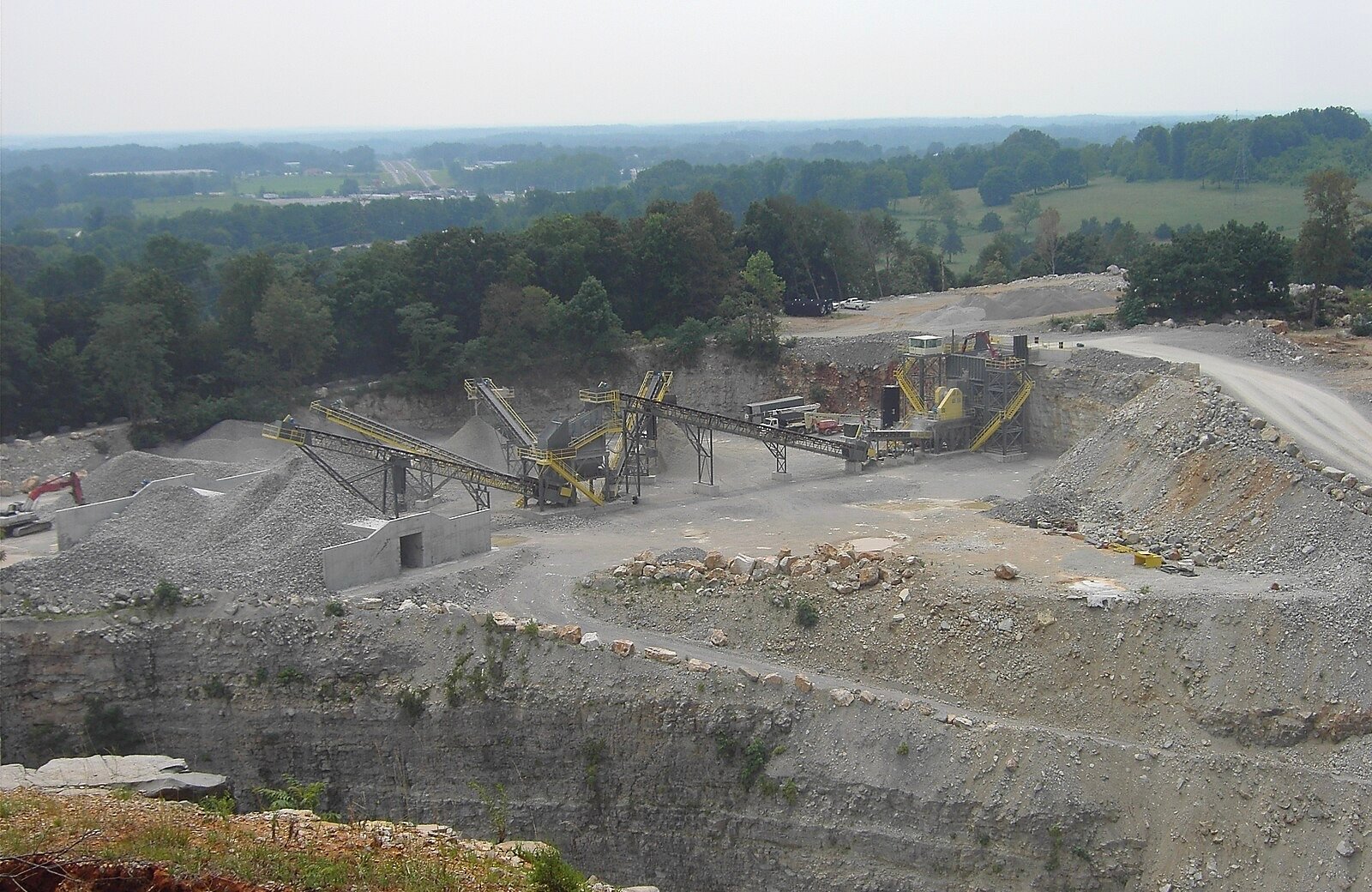Canada’s Agriculture Day was celebrated last month for the seventh consecutive year.
One word came my mind this agriculture day, Feb. 15, as I received information from groups via email and watched social media channels.
That word was ‘meh.’
Read Also

Melancthon faces a new quarry fight over water, environment and farmland risks
A proposed Strada blast quarry in Melancthon, Ont., sparks regional debate over water protection, farmland sustainability, and Ontario’s aggregate policy.
My lacklustre response made me ponder whether we still need an official day to celebrate Canadian agriculture.
There is much to celebrate, but there are also significant challenges facing the sector. How effective is it to place a special focus on agriculture on only one specific day to gain traction on social media?
The beginnings of Canada’s Agriculture Day are noble. It was launched in February 2017 by Agriculture More Than Ever, a forum created by Farm Credit Canada to recognize the work of everyone involved in producing food eaten by Canadians and people around the world.
The goal is to have Canadians “show their love” for Canadian agriculture on social media using the official hashtag #CdnAgDay. Canadian consumers and farmers are encouraged to post a photo or video of themselves to show how they celebrate the day.
This could include doing farm chores, taking a photo with your family on the farm, providing facts about agriculture or a specific commodity, eating a meal made from Canadian ingredients — you get the idea.
The hope is that consumers will ask farmers or those working in agriculture about how food is produced and engage farmers to tell their story.
John Jamieson, president and CEO of the Canadian Centre for Food Integrity that now manages the initiative, said Canada’s Agriculture Day is “an ideal opportunity for everyone to learn more about where their food comes from while getting to know the people who produce it. I encourage all Canadians to join the agri-food community online to have these important conversations about food and agriculture.”
The trouble is, I don’t see a lot of “conversations” happening. At least not in the way that was originally intended.
What I see is an incredible uptick in social media postings from the agriculture community, but comparatively little from consumers in response, other than a “like” or a retweet or re-post.
It is, for the most part, the agriculture industry celebrating with itself.
That doesn’t mean the effort isn’t worth it. Results shared by the official @Cdnagday Twitter account on how well the hashtag performed are significant: it was used in 7,308 tweets and was trending in Canada all day in the less than 10,000 tweets category.
In the very cluttered world of social media, achieving such traction is no small feat. It also ensured that many people outside of the agriculture industry noticed, even if only for one day.
Now we need strategies to keep that momentum going.
In our article on page 30, a CTV journalist who has successfully engaged her viewers about food and farming discusses an old study about public trust done by Farm and Food Care Ontario.
She talks about a question: “Do you want to know more about food and farming?” in which 60 per cent of respondents said yes.
But when the question was reworded to: “Do you want to learn more about food and farming?” only 22 per cent of respondents said yes. There is a one-word difference between the two.
The question of how to better engage consumers with the agriculture industry has been batted around since I started my career in agriculture more than 20 years ago.
It’s not an easy question to answer, but the industry has made progress. I’m not saying that efforts such as #Cdnagday are not worthwhile or should be discontinued. What’s needed is a way to have important conversations about food, how it’s grown, why it costs what it does, and why it is so important.
And it can’t just be amongst ourselves or as a reaction to a negative media story or social media post.
I don’t have a good answer for how to do this, but it will require a cohesive, creative approach.
As all Canadians recover from the pandemic and see their grocery bills grow almost daily, food has never had more of a focus than it does right now.
Ironically, these adverse events could provide the best opportunity we’ve ever had to collaborate as an industry in sharing information about agriculture and to celebrate it every day.















